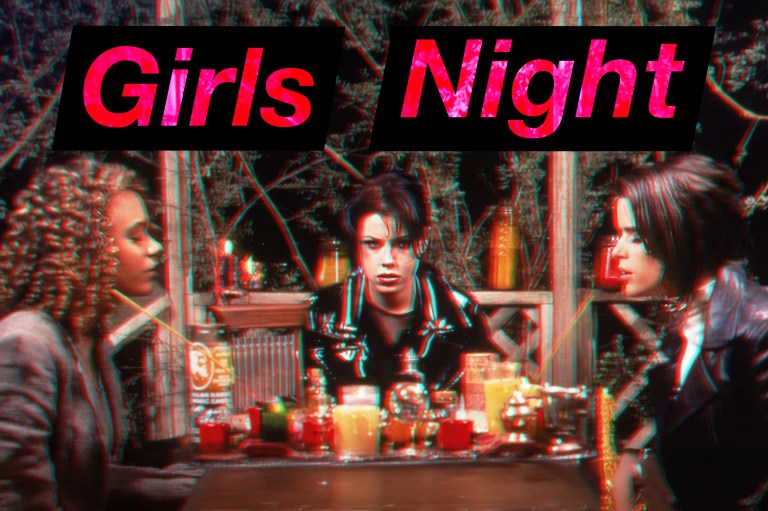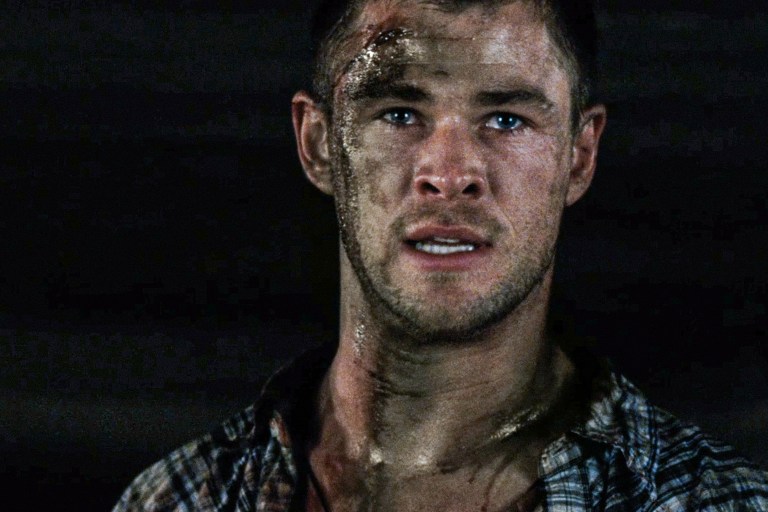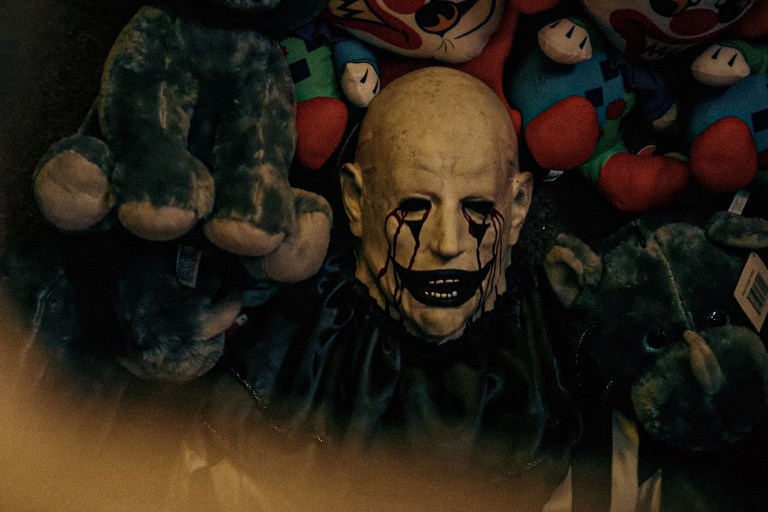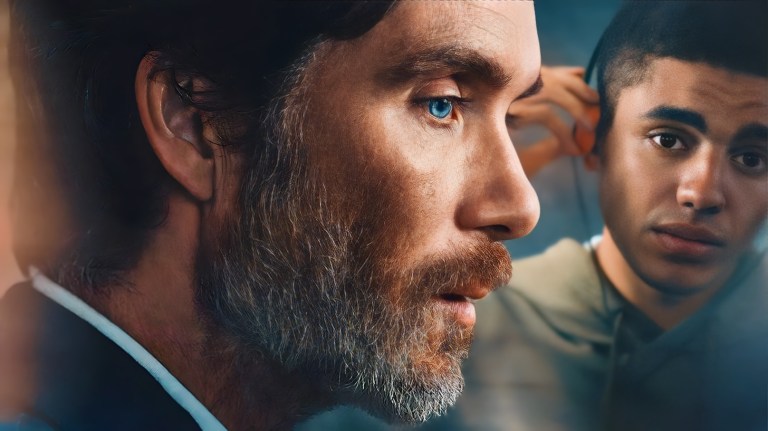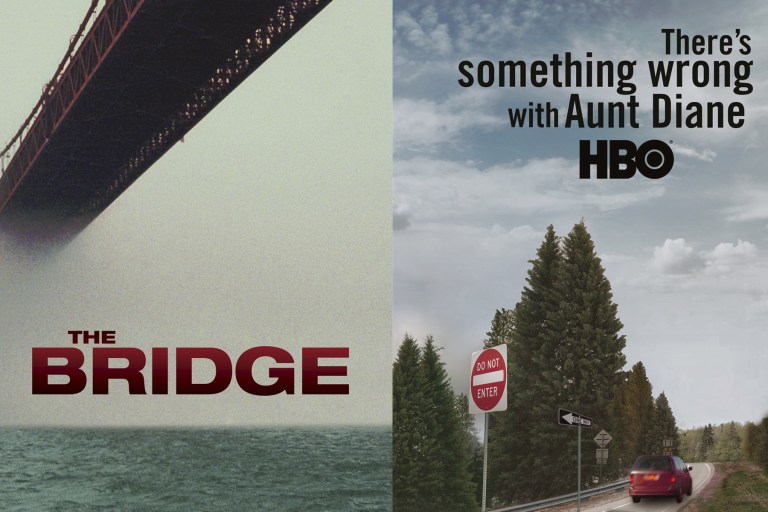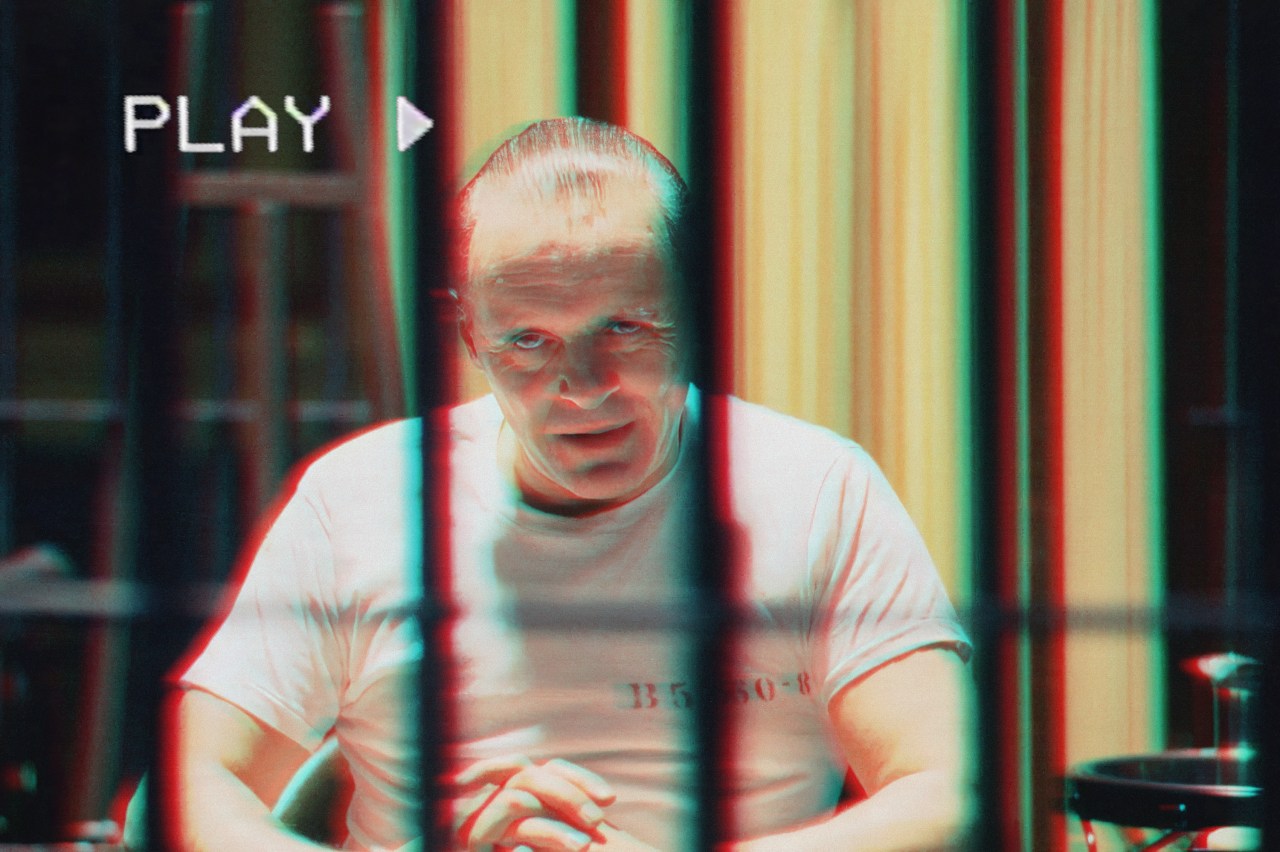
5 Horror Films Based on True Stories To Watch This October
By ![]() Jamie Lerner
Jamie Lerner
Although one of the comforts of watching a horror film is that it’s not real, there are plenty of horror films actually based on true stories. As Halloween rears its spooky head, we want the scariest of the scary, and to get that experience, we dive into the realistically supernatural, gory, and macabre films loosely based on true stories.
While some of these films have close ties to reality, others are based more on theories or experiences only corroborated by a few. One of life’s biggest questions is often about death — are ghosts real and what happens when we die? While many people have experienced some sort of haunting, who’s to say what’s true and what isn’t? But many horror films pay homage to real people’s experiences, and those are often the scariest of all.
The Conjuring (2013)
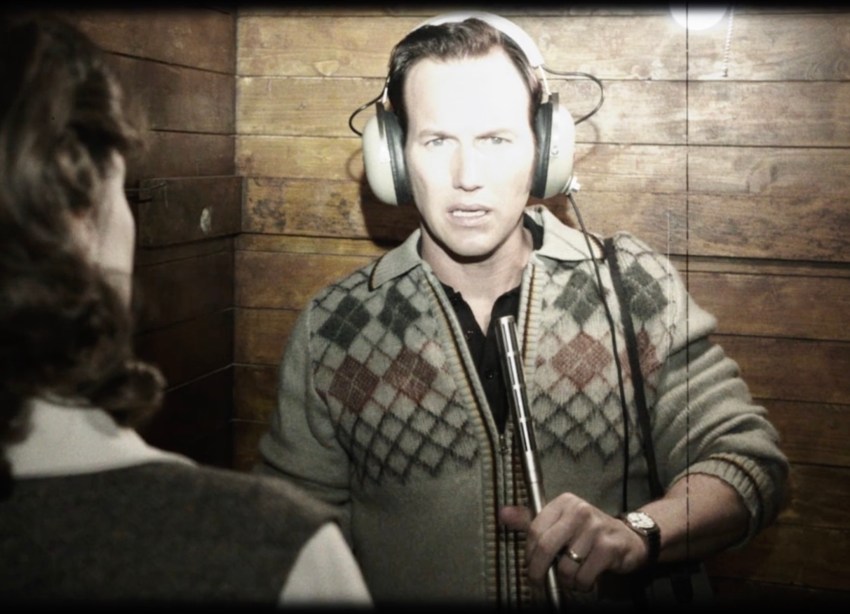
The 2013 film and its ensuing sequels and remakes are loosely based on the paranormal experience of investigators Ed and Lorraine Warren, who dive into the terrifying Perron family abode in the 1970s. Their Rhode Island farmhouse is full of apparitions and disembodied voices, causing the life-threatening events seen in The Conjuring. While the film’s dark presence is a witch named Bathsheba, she is loosely based on a real 19th-century woman accused of witchcraft who died of a stroke. Of course, The Conjuring makes the real events even scarier to the at-home viewer, although we bet the real Perron family was probably even more terrified.
The Silence of the Lambs (1991)
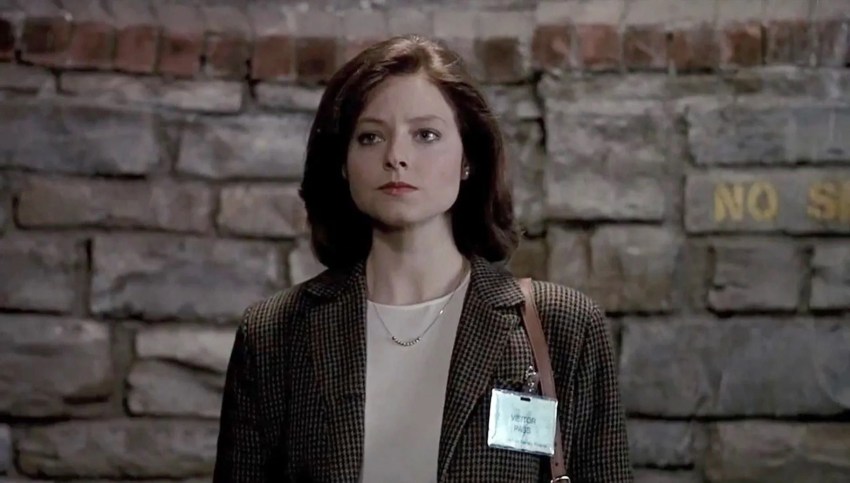
The Silence of the Lambs is a classic horror film for any scary movie fanatic, and while the actual plot isn’t based on a true story, many elements of its antagonists are based on actual serial killers. Buffalo Bill is a mash-up of history’s scariest murderers — his “woman suit” made of human skin comes from notorious grave robber and killer Ed Gein; he starts his killing spree with his grandparents like “Coed Killer” Edmund Kemper; his charming schtick to lure Catherine Martin into his car to help him is based on Ted Bundy’s modus operandi. Similarly, Hannibal Lecter was inspired by the Mexican serial killer dubbed “Dr. Salazar,” whose real name is thought to have been Alfredo Ballí Treviño, as well as by killer Albert Fish. Even Clarice is based on a young female FBI agent who assisted Silence of the Lambs author Thomas Harris.
A Nightmare on Elm Street (1984)
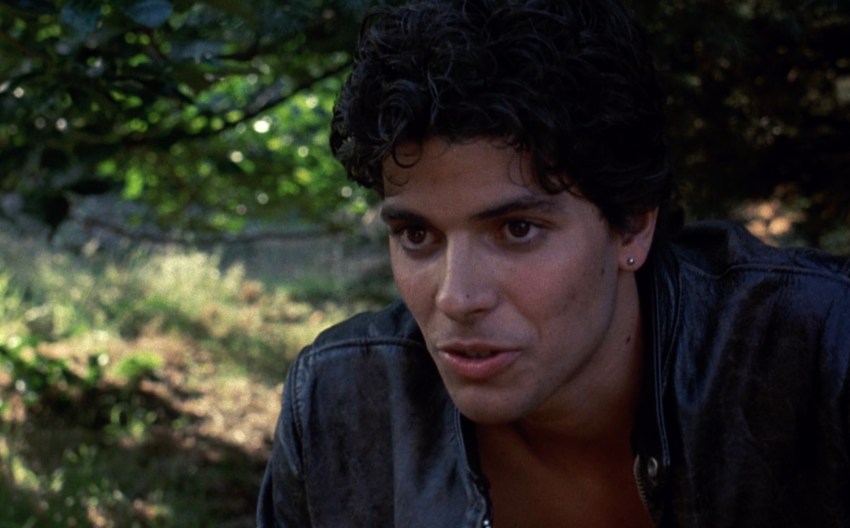
Another horror classic, A Nightmare on Elm Street might seem too scary to be true, but shockingly, it fits the bill. While the film follows a group of teens haunted in their sleep by Freddy Krueger, an undead child killer, director Wes Craven was allegedly inspired by a series of articles in the Los Angeles Times about Hmong refugees who mysteriously died in their sleep. After escaping genocide and war in Laos, Cambodia, and Vietnam, these men refused to sleep because of disturbing nightmares. But in several instances, once they did fall asleep, they mysteriously died, with Hmong culture attributing these deaths to a “dream demon” named Dab Tsog. No one knows if Dab Tsog is actually real, but these true stories of dying seemingly because of night terrors created the foundation of the now iconic Freddy Krueger.
The Birds (1963)

One of Alfred Hitchcock’s most memorable films, The Birds preys on our natural aversion to the closest descendant to dinosaurs. Although they may seem harmless in reality, The Birds turns an actual real animal into a terrifying antagonist. While the birds take over a Californian coastal town, we can watch and say, “It’s not real!” But it is. Based on a short story of the same name by Daphne du Maurier, The Birds is also loosely based on a series of events in 1961, when birds in Monterey Bay acted disoriented and rammed into people’s houses. 50 years later, researchers found a toxin that caused the birds to act this way, but the explanation doesn’t make the film’s inspo any less terrifying.
The Poltergeist (1982)
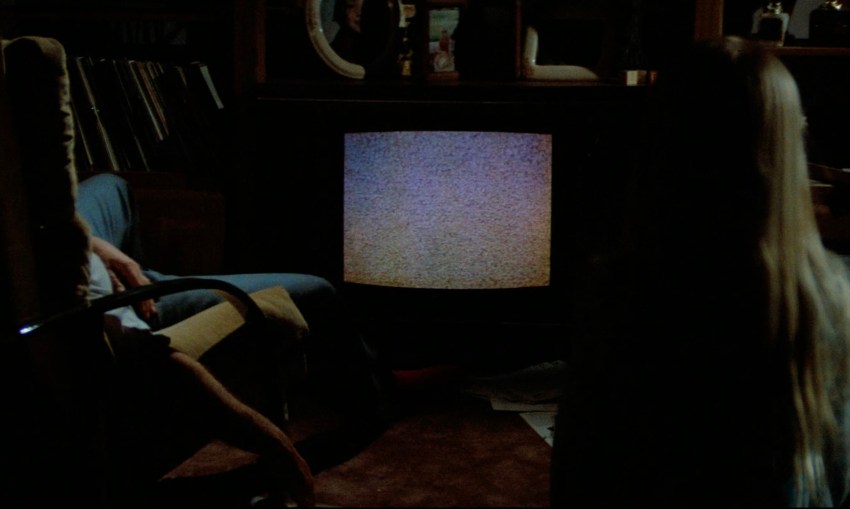
Another classic horror film, and one of the scariest films of all time, The Poltergeist was actually based on the experiences of the Herrmann family in the 1950s. Situated out in Seaford, Long Island, the family started to experience strange happenings — Lucille Herrmann called her husband terrified after she and the kids heard popping noises and found caps of “shampoo, bleach, and a vial of holy water” inexplicably away from their bottles. As they tried to solve the problem, it only got worse. A priest came to bless the house, but items in the house started to move, smash, and fall over. The poltergeist case was so popular that Life Magazine even wrote an article about it and after 70 different incidents over the course of just one month, the Herrmanns moved out and theorized the house was on an old Native American burial ground. The film takes place on the West Coast and follows the Freeling family, but much of the mysterious happenings were inspired by the real events of the Herrmann family’s home.
